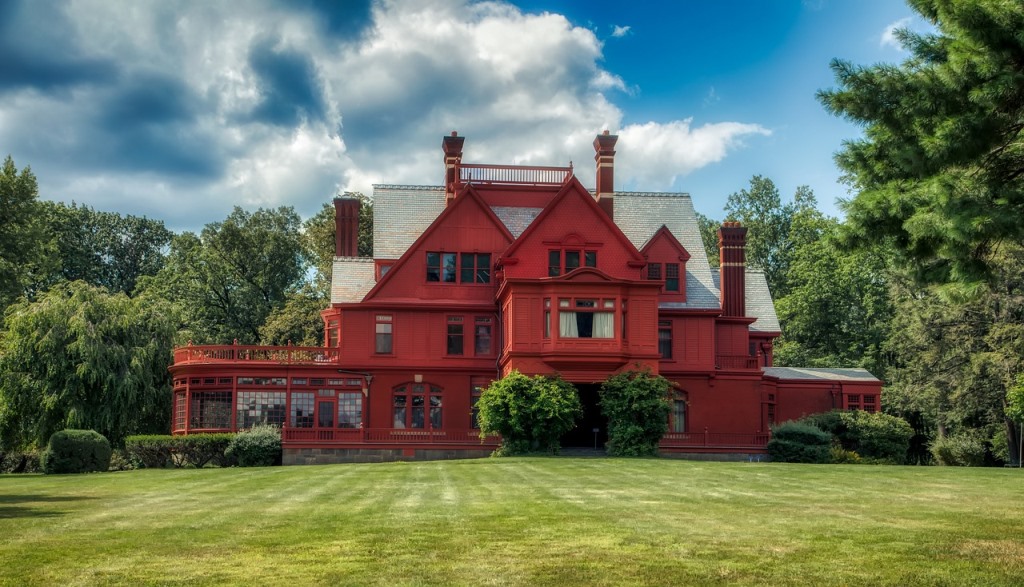On February 9, 2022, the New Jersey Economic Development Authority (NJEDA) Board approved proposed rules for the Historic Property Reinvestment Program (HPRP) to revitalize historic properties and downtowns statewide.
It’s a new tax credit program to incentivize rehabilitation of designated historic structures—or structures in designated historic districts—throughout New Jersey. Created under the New Jersey Economic Recovery Act of 2020 (ERA), the HPRP is designed to work in conjunction with the Federal Historic Tax Credit Program.
“This exciting new program will serve as an important component in the revitalization of entire communities and will have a significant impact on the historic fabric of New Jersey,” said NJEDA Director of Historic Preservation Aidita Milsted. “Investing in and revitalizing these historic properties will have a long-term positive impact on neighborhoods and communities across the state.”
As authorized by the ERA, the Board approved proposed rules that will be published for public comments, enabling the NJEDA to launch the program this year. The Board will consider final adoption of the rules after completion of the public comment period. The HPRP is part of the suite of programs created under the ERA to address the ongoing economic impacts of the COVID-19 pandemic and build a stronger, fairer New Jersey economy.
“The Historic Property Reinvestment Program will be pivotal in the state’s efforts to restore and preserve New Jersey’s history,” said DEP’s Historic Preservation Office Administrator and Deputy Historic Preservation Officer Katherine Marcopul. “The revitalization of these iconic properties will further help us to spotlight the historic value they have for the state and the communities they serve far into the future.”
The HPRP’s main focus is historic preservation as a component of community development, aiming to attract long-term private investment into New Jersey while preserving properties throughout the state that have historic value. The program encourages smart, targeted investments in communities in the form of durable and sustainable investment in the state’s economic infrastructure. The revitalization of these historic structures will help to bring these often-underutilized properties back to productive use, thereby reducing the need for new development at these locations.
While the HPRP focuses on rehabilitating and preserving the structure, the program generally supports long-term economic benefits as these properties are re-used for job creation opportunities, transit-oriented development, and housing that includes affordable housing. Furthermore, a developer cannot utilize tax credits until the project, or a phase for certain phased projects, is completed. The legislation ensures substantial economic protection by requiring a developer to repay as taxes any tax credits received for earlier phases if the developer does not complete the rehabilitation project.
Eligible projects must include rehabilitation of a previously identified historic structure that is listed in, or a structure that is in a district designated by, the National or New Jersey Register of Historic Places, designated as historic by the Pinelands Commission, or identified as historic by a municipality in accordance with criteria approved by the Historic Preservation Officer.
The amount of tax credits a project is eligible to receive is a percentage of the project’s eligible costs, subject to a cap that is determined by the project’s location, other financing available, and other aspects of the project. Most eligible projects can receive tax credits worth up to 40 percent of eligible costs, with a maximum of $4 million for eligible properties. Projects located within a qualified incentive tract or in government-restricted municipalities can receive tax credits worth up to 45 percent of eligible project costs, with a maximum of $8 million for qualified properties.
Additionally, transformative projects (which must meet additional specific requirements regarding project location, economic impact and historic designation of the historic property) can receive tax credits worth up to 45 percent of eligible project costs, with a maximum of $50 million. The HPRP is subject to an annual program cap of $50 million for a total of $300 million for a period of six years. Annual unused amounts may be included in the amounts available for approval in the subsequent year. Full details on the program are available here. Applications are currently under development and an announcement about the application period will be forthcoming.
“The HPRP is a key component of Governor Murphy’s broader economic development plan, which includes a focus on attracting investment toward the revitalization of the state’s iconic cities,” said NJEDA Chief Executive Officer Tim Sullivan. “The rehabilitation of dormant historic properties in cities like Paterson, Trenton, Camden, Newark and Jersey City into new housing and innovation spaces will translate into long-term economic benefits and improved quality-of-life for these communities and their residents.”
In addition to the HPRP, the ERA creates a suite of programs that includes tax credits to incentivize job creation, new construction, and revitalization of brownfields; financial resources for small businesses; support for new supermarkets and healthy food retailers in food desert communities; new funding opportunities for early-stage companies in New Jersey; and support for the growing film and digital media industry.
Photo of Thomas Edison’s restored historic home in West Orange, New Jersey by 1778011 from Pixabay.

